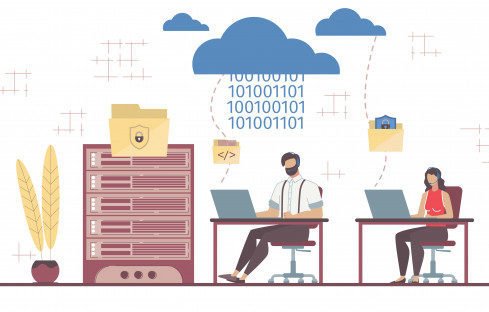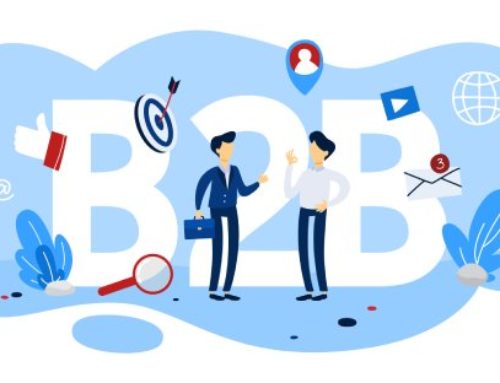
Several B2B Saas companies have built products for small and medium enterprises. From full-fledged ERPs to solutions for specific verticals like accounting, HRMS, sales & marketing, these products have helped small businesses optimize these processes.
At a small monthly subscription, these products have been well received by small enterprises for their easy adoption & lower upfront costs.
However, selling these products at scale has been a challenge in India. Customers aren’t yet comfortable with purchasing B2B Saas products online by themselves. This has meant organizations have had to dedicate more resources to B2B Saas lead generation, sales & onboarding.
With lower subscription points, having a large in-house sales team often makes the business unviable. Could channel sales be a viable option for B2B Saas Companies?
Building a sales channel is a challenging and long-drawn process. One needs to evaluate the fit of the product for channel sales, identify right partners, onboard and train the partner and their sales team and set an effective channel of communication.
In this first part of a series on channel sales, we understand the tradeoffs involved and how organizations should evaluate them.
Lower Margins
Commissions in channel sales invariably mean lower margins on these sales. This is offset by the partner absorbing the cost of the sales team.
It is important that the pricing allows for a reasonably attractive commission for the partner to dedicate resources to it. Typically the rewards in the initial period need to be lucrative enough for partners to proactively look for business opportunities.
For B2B Saas companies reaching out to a large number of small & medium enterprises, it makes sense to explore channel partners instead of completely relying on a large sales team in-house.
Loss of control and ease of scaling
Selling through partners lets you reach out to a lot more prospective customers than you would on your own.
However, it also means relying on them to communicate the value proposition and gathering feedback. This means you miss out on direct communication with the client and some of the conversations are lost in translation. This might occasionally lead to some wrong selling or incorrect expectation setting. In the long term, these issues could hamper your product and brand image amongst customers.
Organizations have tackled this by creating strong processes for client onboarding and deeper involvement in the sales process with the channel partner.
Poor visibility & predictability
Channel Sales also means you’ll have lesser visibility and predictability in sales.
With external teams, it’s harder to forecast your revenue and understand the stage of each deal that the partner is speaking to. Over time your understanding and interpretation of the partner’s pipeline will get better.
Some of this can be managed by close coordination over regular reviews. The visibility into the sales funnel will always be lower than that for an internal sales team. Having a higher number of well-performing partners also reduces your exposure to the large variations in performance by one.
Time to market
Established partners can help take the product to market faster. This is not to say that the partner development process itself doesn’t take time. However, once a partner is onboarded, they tend to have established sales teams and client connections. If the product training is managed well the ramp up time can be optimized to a large degree.
Setting up a sales team involves hiring, training and managing sales people. All these require considerable skills to do it right the first time. B2B Saas companies should always explore talent in external agencies while they parallelly try to build some of it internally.
Organizations need to consider these tradeoffs while scaling their sales process. In the next part, we will delve into the products suitable for channel sales and the process of selecting channel partners.

If you need our help in Sales Development, please write back to me at saurabh@salesdesign.co.in
For more information B2B Lead Generation Get in touch



